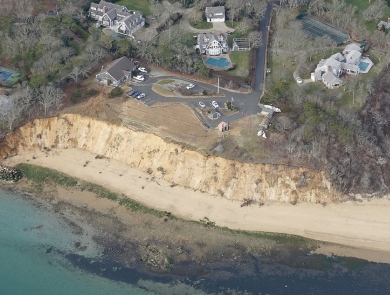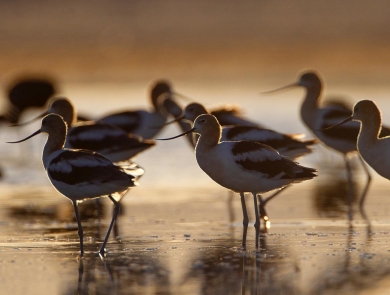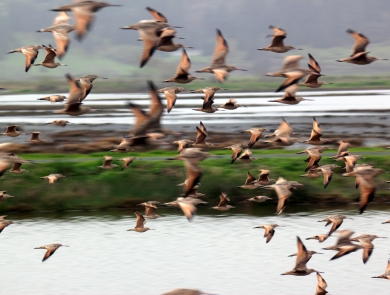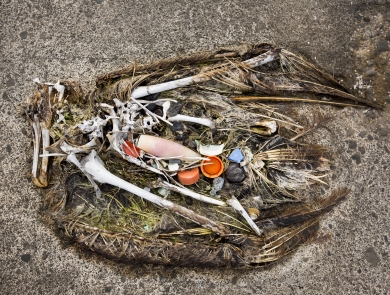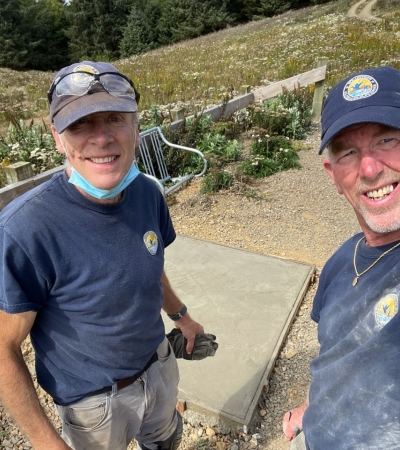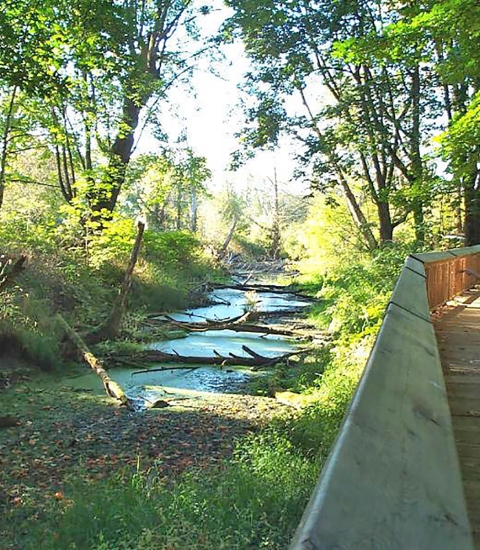Facility
Location
708 N Hwy 64
Manteo, NC 27954
United States
Volunteer Position Overview
About This Position
Alligator River National Wildlife Refuge hosts Resident Volunteers year round. Our RV site is located on the refuge in East Lake NC, about 15 miles from our visitor center / headquarters in Manteo NC. Each site has electric (30/50amp), water and sewer hook-up, and a laundry and bath house with showers. There is cell coverage with good strength depending on the service carrier but no internet service. Most RV’s use their “hotspot”. This position is primarily for visitor center assistance, but light maintenance and program assistance may also be needed. Alligator River and Pea Island National Wildlife Refuges have diverse programs which utilize volunteers of all ages and abilities. There are many areas in which workcampers can be of great use to the refuges. In addition to the visitor center staffing, Resident Volunteers can provide, general maintenance; assist with Interpretation, education and outreach, biological studies such as turtle watch (seasonal), and assist in the Pea Island and “Gateway” Visitor Centers and gift shops which are usually open seven days a week. In return for these services, Resident Volunteers are provided electrical, water and sewage hook-up for their RVs, as well as laundry facilities and a beautiful and safe environment to enjoy. A couple must commit to 24 hours of service per week. A single person must commit to 32 hours of service per week. A three month minimum commitment is preferred, but a shorter time is negotiable and we will accept longer if available and the need exists.
Duties/Activities
Stories About Volunteering
Other Ways to Work with Us
Are you looking for something different than a volunteer opportunity? The Fish and Wildlife Service employs around 9,000 people nationwide and offers great internship opportunities every year.
